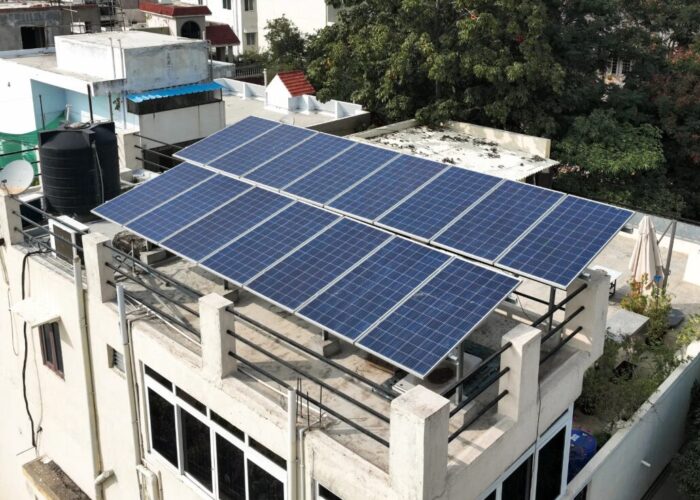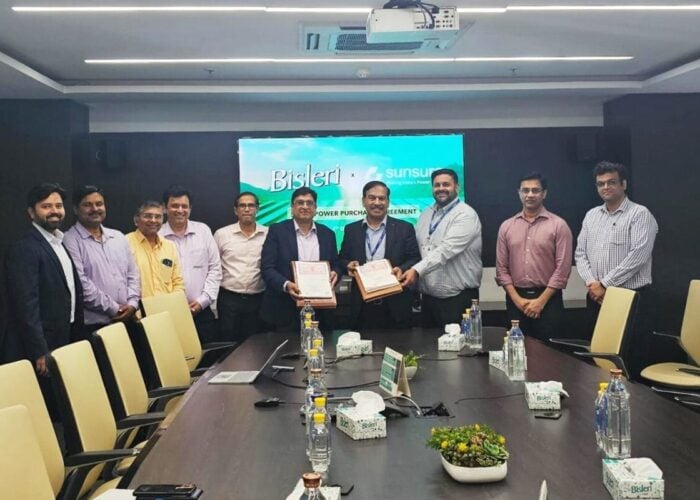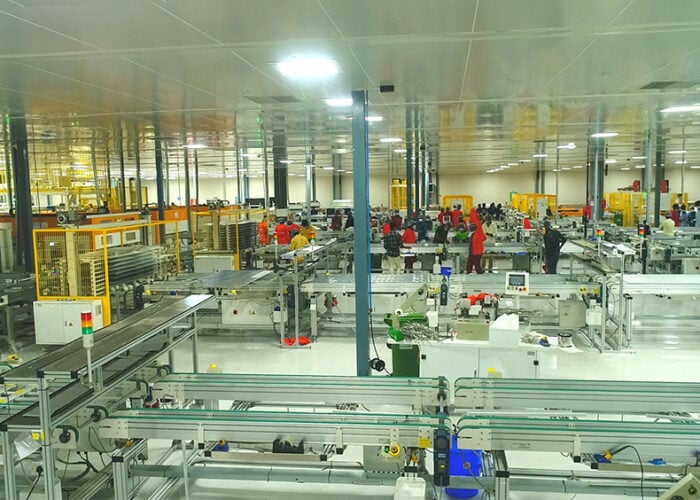
India’s Ministry of Power has raised its Renewable Purchase Obligations (RPO) trajectory for solar power.
The RPO is a mandate for states and Distribution Companies (Discoms) to purchase a certain percentage of their energy from renewables.
Try Premium for just $1
- Full premium access for the first month at only $1
- Converts to an annual rate after 30 days unless cancelled
- Cancel anytime during the trial period
Premium Benefits
- Expert industry analysis and interviews
- Digital access to PV Tech Power journal
- Exclusive event discounts
Or get the full Premium subscription right away
Or continue reading this article for free
India’s Discoms will now have to purchase 2.75% of their energy mix from solar during 2016/17, followed by 4.75% in 2017/18 and 6.75% in 2018/19. The new targets represent a significant ramp up.
Last January the Ministry of New and Renewable Energy (MNRE) joint secretary Tarun Kapoor announced that the solar RPO would be need to be set at 8% by 2022. At the time, Kapoor said raising the RPO was a necessity, describing it as “the single most important regulatory and policy mechanism of government of India to drive solar”.
However, the renewables industry has consistently cited the Discoms' lack of compliance with the RPO, although the Central Government’s UDAY scheme, which sought to alleviate Discoms' ballooning debts also seeks to address the lack of RPO enforcement.
The full RPO target guidelines are set out below:

Jasmeet Khurana, associate director, consulting, at Bridge to India, said the new guidelines should drive the next round of solar plans and tenders.
India recently sanctioned 10 ‘Solar Zones’ of 10,000 hectares each for both PV development (50%), manufacturing (25%) and small and medium enterprises, farmers and unemployed youth (25%).






